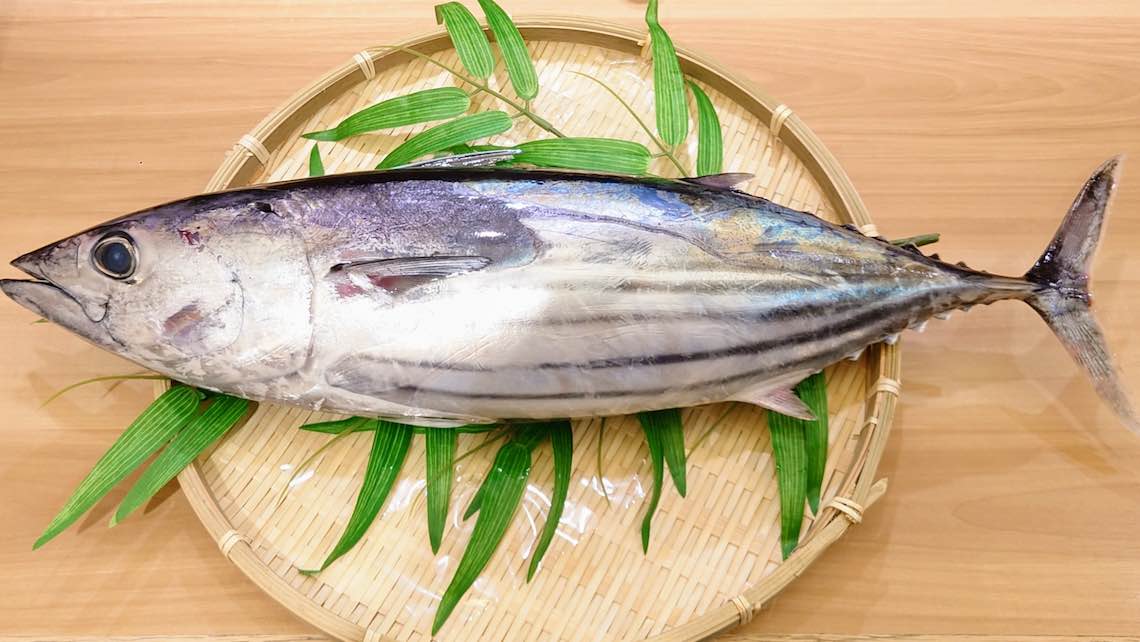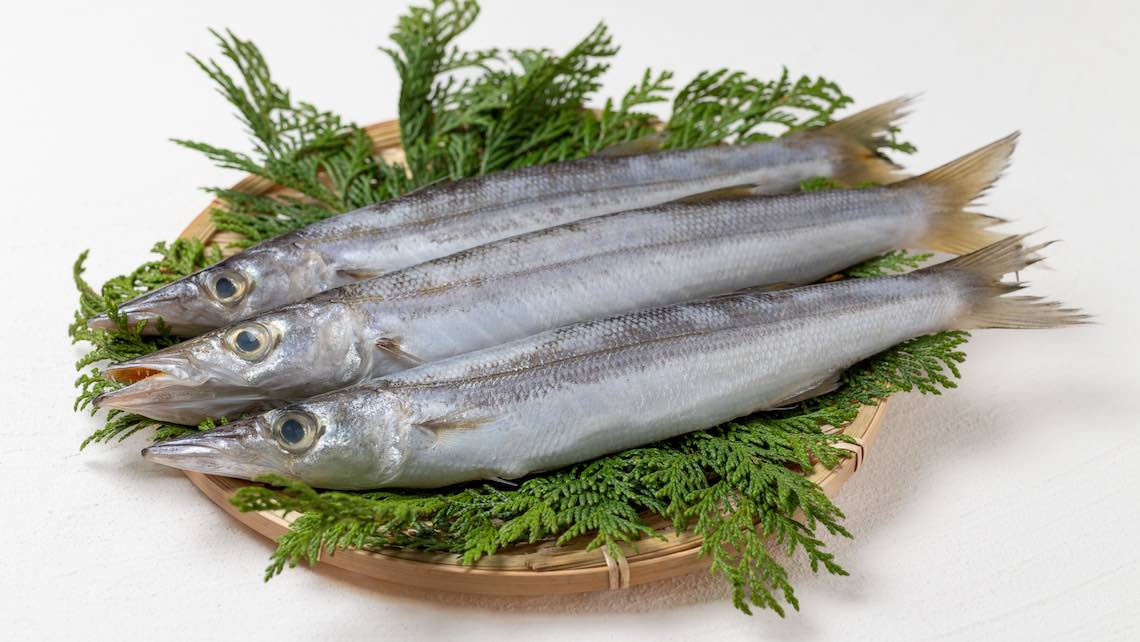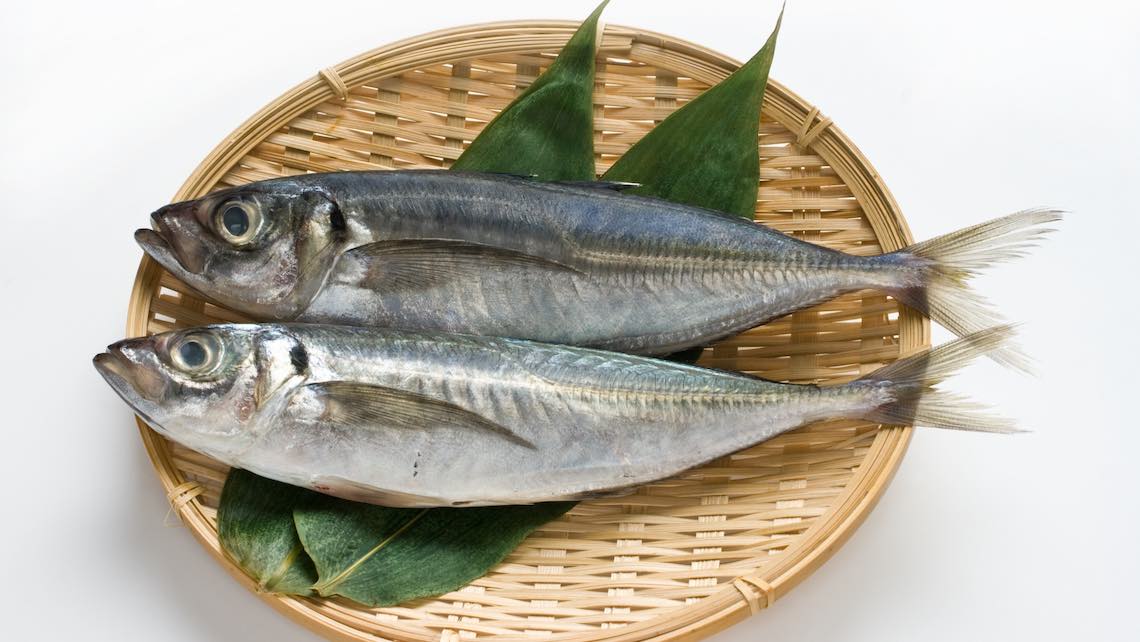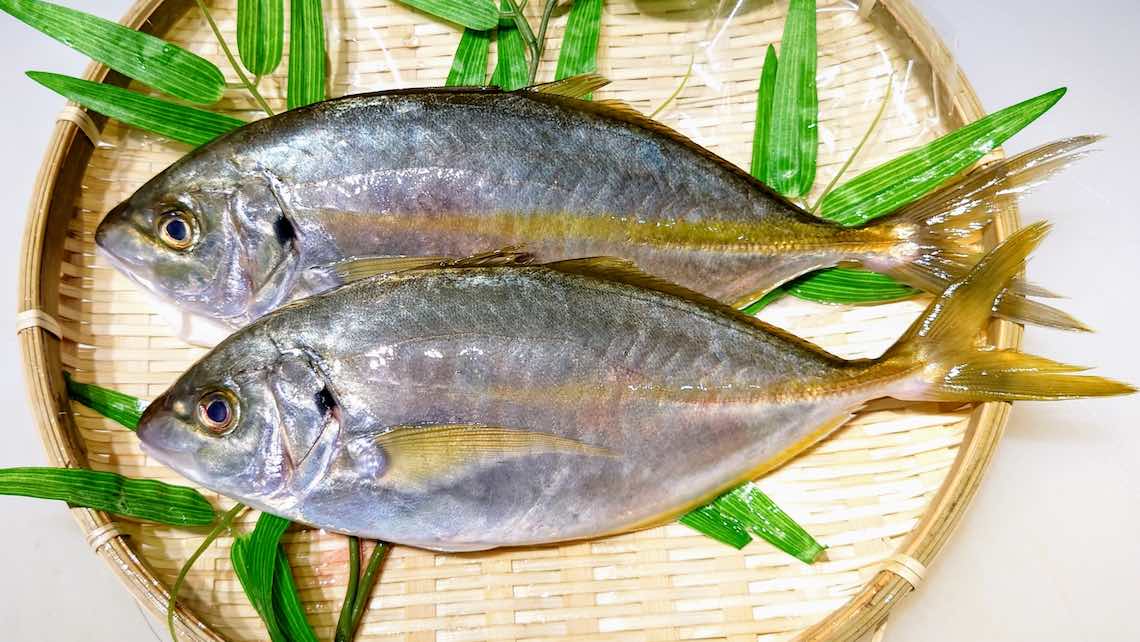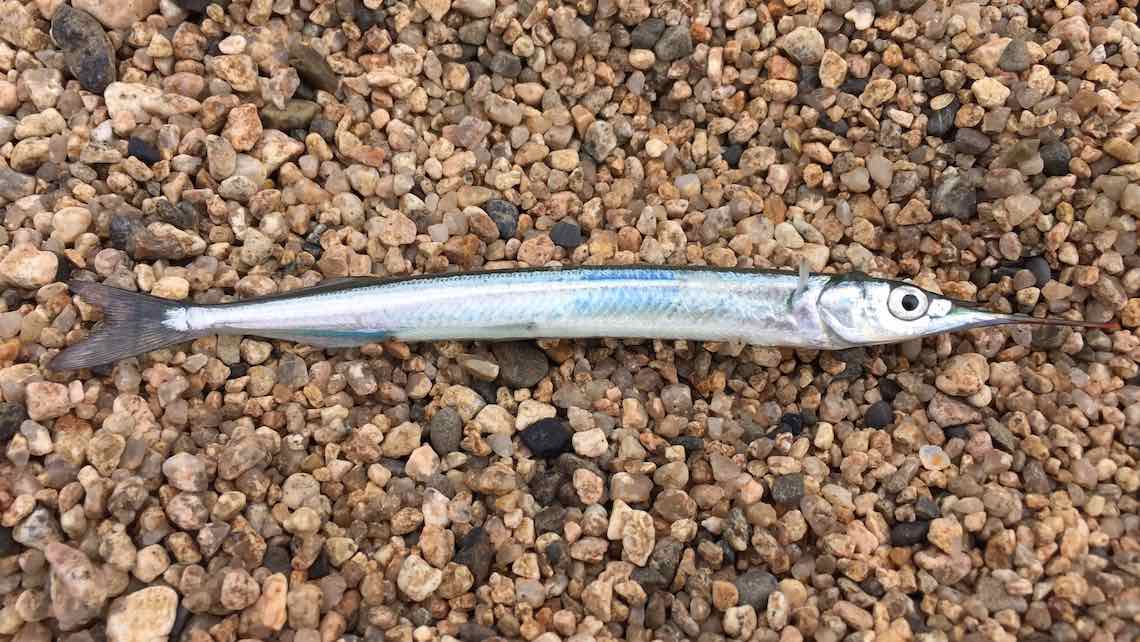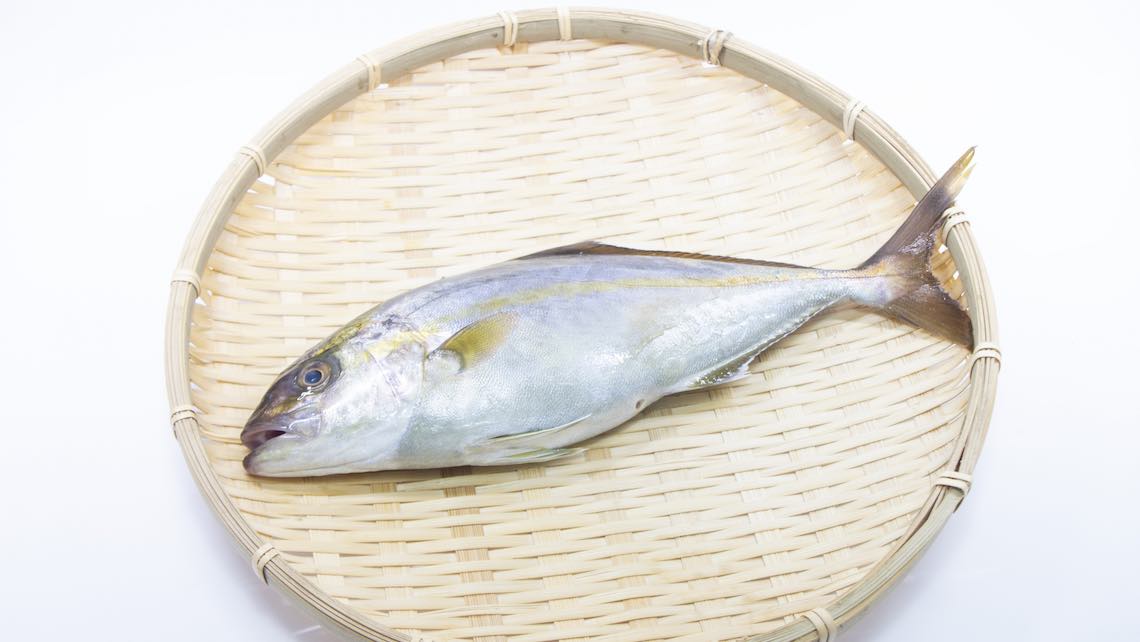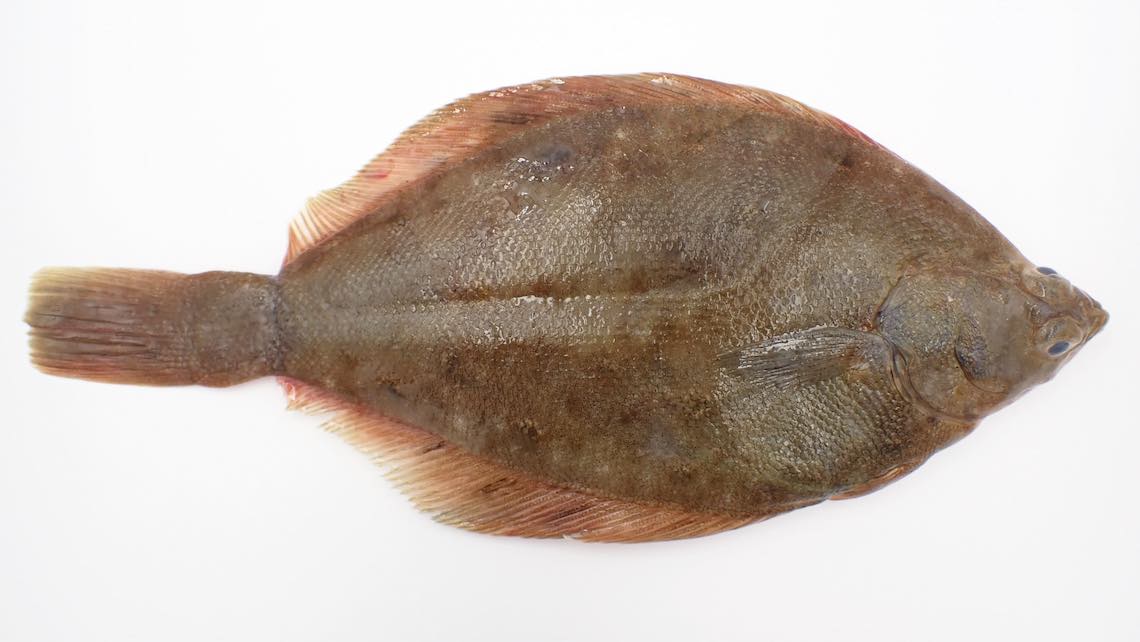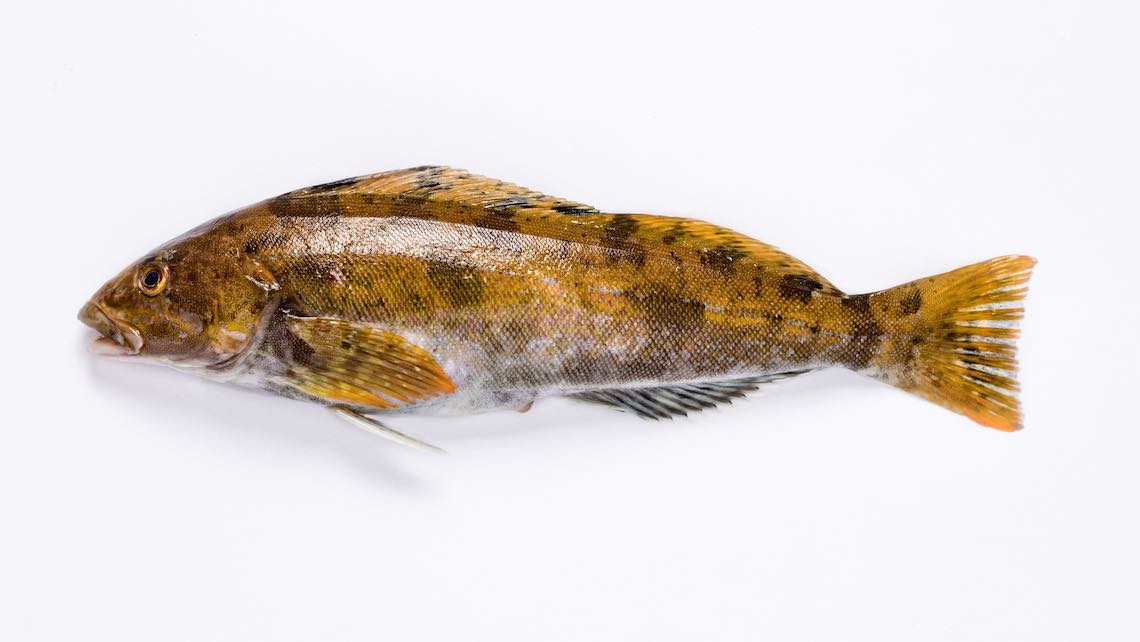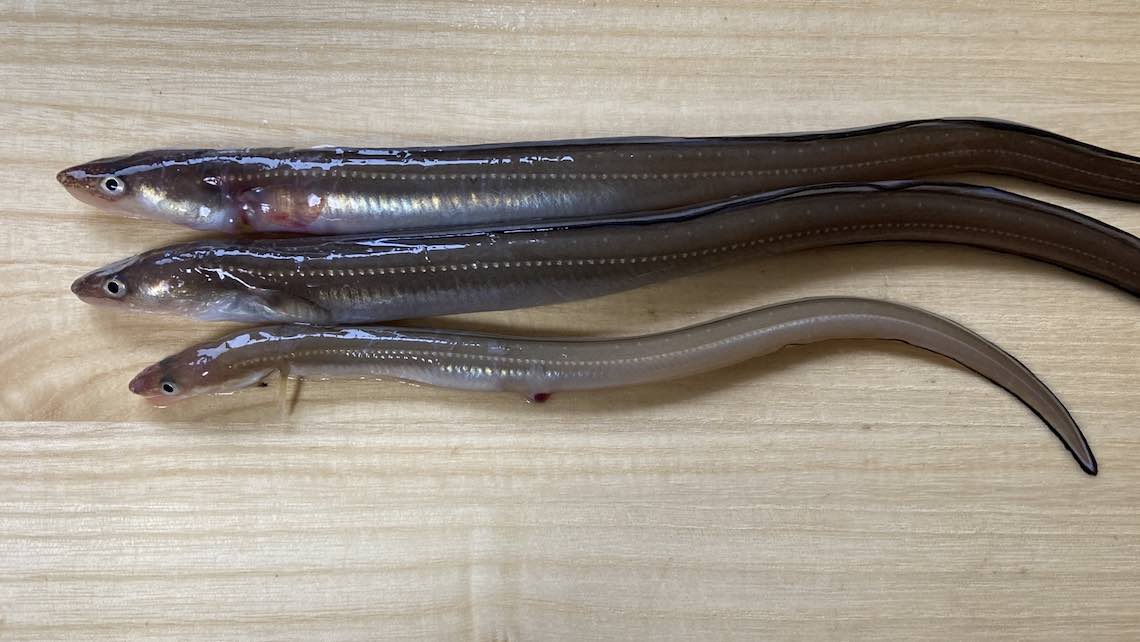Largetooth Flounder [Hirame]
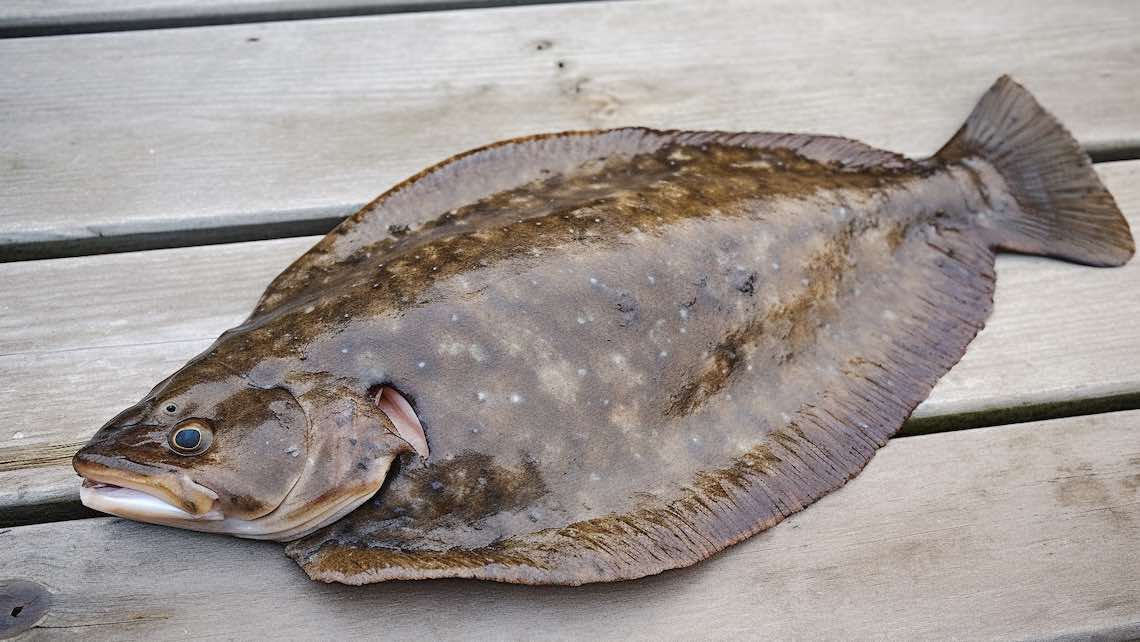
Japanese Name and Pronunciation:

[hirame]
It is often said that Karei (righteye flounder) and hirame (largetooth flounder) can be distinguished by the direction of their eyes. However, there are many exceptions to this rule, making it unreliable as the sole method of differentiation.
Karei and hirame have similar body shapes and it is difficult to tell them apart once they are filleted. However, their flavors and textures differ. Karei and hirame have different feeding habits, which have influenced the development of their mouths and meats.
Hirame hides in the seabed and swiftly attacks small fish like iwashi (sardine) or aji (horse mackerel) that come close, so it has a large mouth and fully developed teeth. Hirame has also well-toned muscles due to its explosive swimming ability. It has a firm texture when raw, offering a delicate and elegant umami flavor when cooked. In Japanese cuisine, it is highly regarded as a high-end fish and is commonly used for sashimi and sushi. The peak season for hirame is late autumn to early spring, with the winter hirame, known as “kan-birame,” being particularly fatty and offering exceptional taste.
On the other hand, karei does not actively prey on its own and primarily feeds on small creatures such as ragworm and shrimp. As a result, karei has a small mouth and underdeveloped teeth.
In Japanese cuisine, hirame is valued for its mild and sweet taste. Its white flesh is tender and has a subtle umami flavor, making it a popular choice for both raw and cooked preparations.
As a sashimi or nigiri ingredient, hirame is often enjoyed in its raw form to showcase its natural flavors. Sliced thinly, the fish exhibits a smooth and firm texture, and its mild flavor pairs well with soy sauce or ponzu as a dipping sauce. Hirame sashimi is commonly appreciated for its clean taste and delicate mouthfeel.
Hirame is also frequently used in traditional cooked dishes. It can be grilled, steamed, or simmered to bring out its subtle flavors. Grilled hirame, often seasoned with salt or a light marinade, develops a slightly smoky and tender exterior while retaining its moisture. Steamed hirame, on the other hand, offers a delicate and moist texture.
Furthermore, hirame is a favored fish for tempura, where its firm flesh holds up well to the frying process. The result is a crispy exterior with a succulent interior, creating a delightful contrast of textures.
The part near the dorsal and tail fins of Karei and Hirame, known as Engawa, has become a popular sushi topping. In general, inexpensive and widely available Engawa from Karei is commonly used in conveyor belt sushi (kaiten-zushi) establishments, while high-end sushi restaurants tend to use Engawa from Hirame.
From a nutritional standpoint, hirame is low in calories and a good source of lean protein. It also contains beneficial nutrients such as vitamins B6 and B12, selenium, and omega-3 fatty acids.
![Largetooth Flounder Sushi [Hirame]](https://itadakimasu-japan.com/wp-content/uploads/2023/07/hirame_sushi-320x180.jpeg)
![Flounder Fin Sushi [Engawa]](https://itadakimasu-japan.com/wp-content/uploads/2023/07/engawa_sushi-320x180.jpeg)

